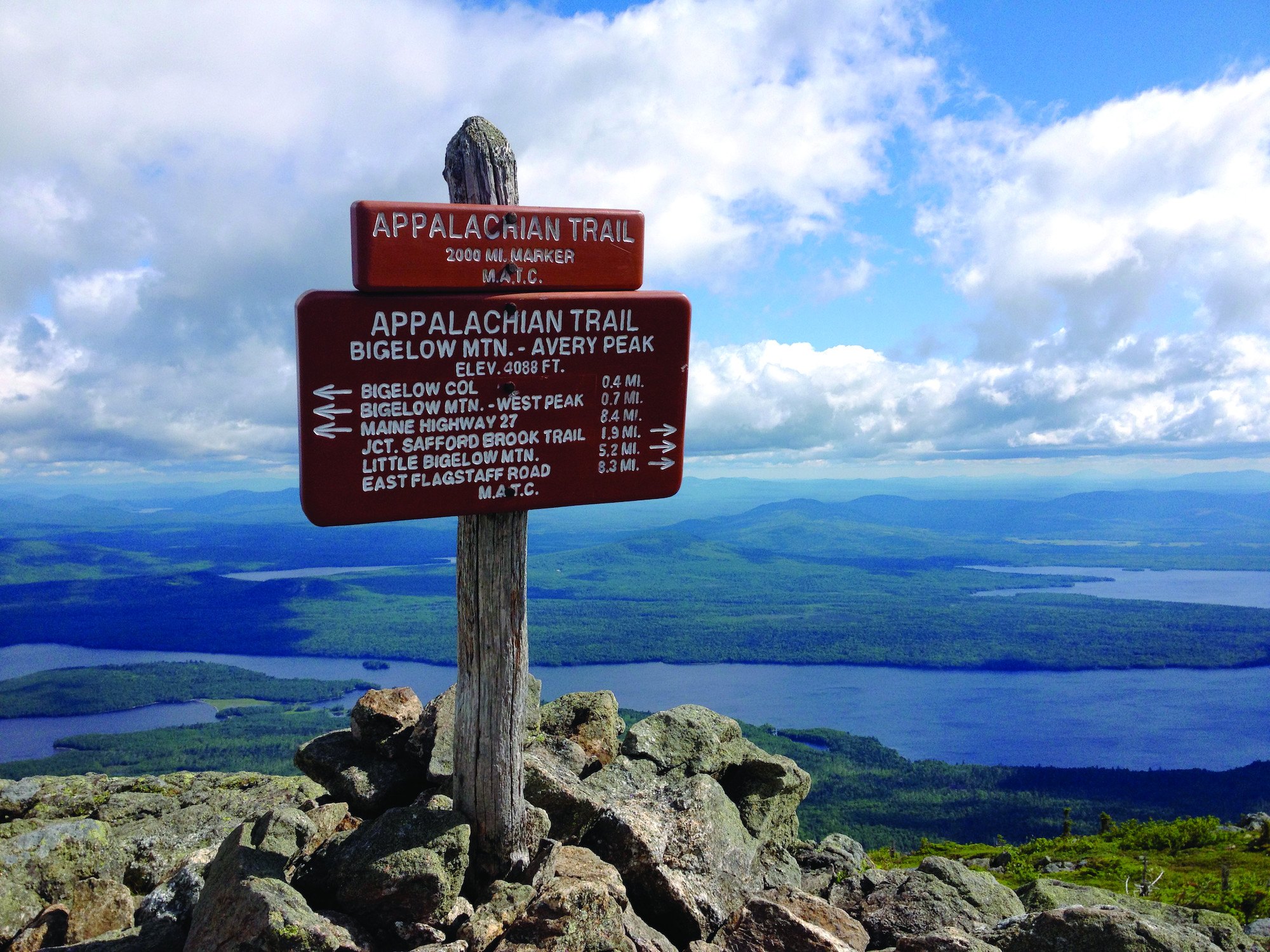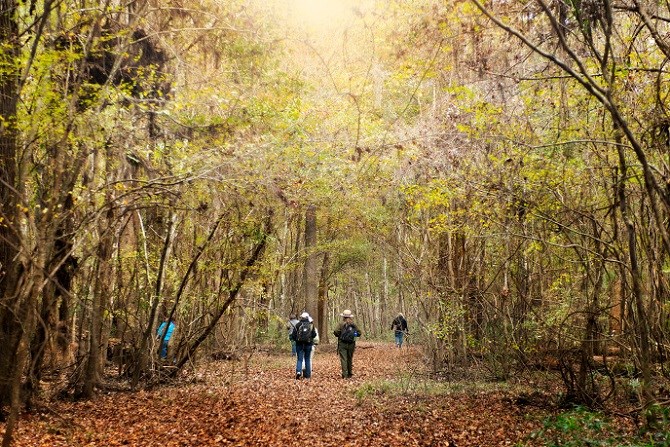The Southeast United States is a hiker’s paradise, offering diverse landscapes, lush forests, towering peaks, and serene coastal trails. Whether you’re an avid hiker looking for new adventures or a traveler seeking to immerse yourself in nature, the Southeast offers a rich tapestry of hiking experiences that cater to all skill levels. In this guide, we’ll cover some of the best hiking spots across the region, emphasize accessibility for travelers, and offer tips to optimize your hiking trip.
Related: Sun, Sand, and Serenity: Must-Visit Beaches in the Southeast
Why Hike in the Southeast?
The Southeast offers a unique combination of temperate climate, diverse ecosystems, and year-round hiking opportunities. From the Appalachian Mountains to the coastal plains, you’ll find trails that range from easy day hikes to challenging multi-day treks. With rich biodiversity, including rare plants and wildlife, hikers can enjoy nature at its most vibrant, whether you’re in Georgia’s mountains, the Carolinas’ forests, or the swamps of Florida.
1. The Appalachian Trail: The Southeast’s Crown Jewel

Location: Georgia to Maine (Southeast Section: Georgia, North Carolina, Tennessee)
No discussion about hiking in the Southeast would be complete without mentioning the Appalachian Trail (AT). This iconic trail stretches from Georgia to Maine, with a significant portion of its southern section passing through Georgia, North Carolina, and Tennessee. While hiking the entire 2,190-mile trail may be a bucket-list dream for many, you can enjoy several shorter sections for a more manageable adventure.
- Popular Sections:
- Springer Mountain, Georgia: As the southern terminus of the Appalachian Trail, Springer Mountain is a popular starting point for both long-distance and weekend hikers. The 8.5-mile round-trip hike to the summit offers stunning panoramic views and a chance to experience the AT’s famous switchbacks.
- Roan Mountain, Tennessee/North Carolina Border: Known for its expansive balds (treeless mountain summits), Roan Mountain offers a breathtaking 14-mile section with rolling hills, wildflower meadows, and sweeping views of the Blue Ridge Mountains.
Travel Tips:
- Getting There: The Southeast section of the AT is accessible from several major cities. For example, Springer Mountain is just a 1.5-hour drive from Atlanta, making it easy for travelers to incorporate a day hike into their itineraries. Similarly, Roan Mountain is a 2-hour drive from Asheville, NC.
- Nearby Attractions: Explore the vibrant cities of Asheville and Chattanooga when you’re not on the trail. Both cities are known for their outdoor activities, local breweries, and charming downtowns.
2. Great Smoky Mountains National Park: A Biodiversity Wonderland

Location: Tennessee and North Carolina
As the most visited national park in the United States, Great Smoky Mountains National Park offers over 800 miles of trails, ranging from easy nature walks to challenging backcountry routes. The park is renowned for its biodiversity, with over 19,000 documented species, and its mist-shrouded mountains, which give the park its “smoky” appearance.
- Top Trails:
- Alum Cave Trail to Mount LeConte: This 11-mile round-trip hike takes you through old-growth forests, past interesting rock formations, and to the summit of Mount LeConte, one of the park’s highest peaks. The views are spectacular, and the trail is well-maintained, making it a favorite among seasoned hikers.
- Cades Cove Loop: For those seeking a more leisurely experience, the 11-mile Cades Cove Loop offers stunning views of meadows, forests, and historic buildings. Wildlife sightings are common, including deer, black bears, and wild turkeys.
Travel Tips:
- Getting There: The park is easily accessible from nearby cities like Gatlinburg, TN, and Cherokee, NC, both of which offer numerous lodging and dining options.
- Best Time to Visit: The fall season, from September to November, is ideal for hiking in the Smokies, as the foliage transforms into vibrant hues of red, orange, and yellow.
3. The Blue Ridge Parkway: Scenic Hiking at Its Best

Location: Virginia and North Carolina
The Blue Ridge Parkway is a 469-mile scenic drive that connects Shenandoah National Park in Virginia to Great Smoky Mountains National Park in North Carolina. Along this route, you’ll find numerous hiking opportunities with spectacular vistas, especially during the fall when the leaves change color.
- Top Trails:
- Crabtree Falls: Located at milepost 339.5, this 3-mile round-trip hike takes you to one of the highest waterfalls east of the Mississippi River. The falls cascade down a 70-foot rock face, making it a picturesque spot for photographers.
- Linville Falls: Just off milepost 316, the Linville Falls Trail offers several viewpoints of the dramatic waterfall plunging into Linville Gorge, known as the “Grand Canyon of the East.” The easy 1.6-mile trail is perfect for families or those seeking a shorter hike.
Travel Tips:
- Driving the Parkway: The Blue Ridge Parkway is best enjoyed by taking your time and stopping at the many overlooks and hiking trails. The speed limit is generally 45 mph, making it a leisurely drive.
- Nearby Attractions: If you’re hiking along the Parkway, consider spending time in Asheville, NC, or Roanoke, VA, both of which offer excellent dining, breweries, and art scenes.
4. Cumberland Island National Seashore: Coastal Beauty and Wild Horses

Location: Georgia
Cumberland Island is Georgia’s largest and southernmost barrier island, offering a unique hiking experience. With its pristine beaches, dunes, and marshes, hikers can enjoy a blend of coastal scenery and rich history. The island is also famous for its wild horses, which roam freely across its terrain.
- Top Trails:
- Dungeness Ruins Trail: This easy 4.3-mile loop takes you through the island’s maritime forests and past the ruins of the historic Dungeness mansion, once owned by the Carnegie family.
- Sea Camp to Stafford Beach Trail: For a longer trek, this 8.2-mile round-trip trail follows the island’s eastern shore, offering stunning beach views and the opportunity to see a variety of wildlife, including armadillos, shorebirds, and, of course, wild horses.
Travel Tips:
- Getting There: Cumberland Island is only accessible by ferry from St. Marys, Georgia. Be sure to reserve your ferry tickets in advance, as the island limits the number of visitors per day.
- Where to Stay: Camping is available on the island, or you can stay in the charming town of St. Marys, which offers bed-and-breakfasts and boutique inns.
5. Congaree National Park: A Hidden Gem in South Carolina

Location: South Carolina
Congaree National Park, located in central South Carolina, offers a different type of hiking experience. This park is home to the largest intact expanse of old-growth bottomland hardwood forest in the southeastern U.S., and its boardwalk trails allow visitors to explore the floodplain forests without getting their feet wet.
- Top Trails:
- Boardwalk Loop Trail: This 2.6-mile trail is an easy, elevated boardwalk hike through the heart of the park, offering views of towering trees and the chance to spot wildlife such as otters, owls, and even the occasional bobcat.
- Weston Lake Loop Trail: For a longer hike, the 4.4-mile Weston Lake Loop Trail takes you deeper into the floodplain, where you’ll walk past cypress trees and along the banks of Weston Lake.
Travel Tips:
- Best Time to Visit: The spring and fall offer the best hiking conditions, as the summer months can be hot and humid, and winter can bring flooding.
- Nearby Cities: Congaree National Park is located just 30 minutes from Columbia, SC, which offers plenty of lodging, dining, and cultural attractions for travelers.
Final Travel Tips for Hiking in the Southeast
- When to Go: The best time to hike in the Southeast is typically in the spring (March to May) and fall (September to November). Summer can be hot and humid, especially in lower elevations, while winter brings cooler temperatures, making it ideal for hiking in regions like Georgia and the Carolinas.
- What to Pack: Be sure to pack plenty of water, sunscreen, bug spray, and a good map or GPS device. The weather in the Southeast can be unpredictable, so it’s wise to bring a rain jacket and extra layers, even during warmer months.
- Trail Etiquette: Remember to follow Leave No Trace principles. Stay on designated trails, pack out all trash, and avoid disturbing wildlife.
Conclusion
Hiking in the Southeast United States offers endless opportunities to explore some of the country’s most scenic landscapes. Whether you’re trekking through the misty Appalachian Mountains, wandering along the beaches of Cumberland Island, or enjoying the vibrant fall foliage of the Blue Ridge Parkway, there’s a hike for every type of adventurer. So pack your gear, hit the trails, and discover the natural beauty of the Southeast!